Latest News
UNAMA reveals 11,002 civilian casualties in 2015

 The number of civilian casualties in Afghanistan during 2015 are the highest recorded, the UN said today on the release of its 2015 Annual Report on Protection of Civilians in Armed Conflict.
The number of civilian casualties in Afghanistan during 2015 are the highest recorded, the UN said today on the release of its 2015 Annual Report on Protection of Civilians in Armed Conflict.
The annual report, produced by the United Nations Assistance Mission in Afghanistan (UNAMA) in coordination with the UN Human Rights Office, shows that increased ground fighting in and around populated areas, along with suicide and other attacks in major cities, were the main causes of conflict-related civilian deaths and injuries in 2015.
“This report records yet another rise in the number of civilians hurt or killed. The harm done to civilians is totally unacceptable,” said Nicholas Haysom, the Secretary-General’s Special Representative for Afghanistan and head of UNAMA. “We call on those inflicting this pain on the people of Afghanistan to take concrete action to protect civilians and put a stop to the killing and maiming of civilians in 2016.”
UNAMA documented 11,002 civilian casualties (3,545 deaths and 7,457 injured) in 2015, exceeding the previous record levels of civilian casualties that occurred in 2014. The latest figures show an overall increase of four percent during 2015 in total civilian casualties from the previous year. UNAMA began its systematic documentation of civilian casualties in 2009.
Ground engagements between parties to the conflict caused the highest number of total civilian casualties (fatalities and injuries), followed by improvised explosive devices (IEDs) and suicide and complex attacks. Ground engagements caused the most fatalities amongst civilians, followed by targeted and deliberate killings.
“The people of Afghanistan continue to suffer brutal and unprincipled attacks that are forbidden under international law,” said the UN High Commissioner for Human Rights, Zeid Ra’ad Al Hussein. “This is happening with almost complete impunity. The perpetrators of the violations, documented by UNAMA and my staff, must be held to account. And the international community should emphasise far more vigorously that the rights of civilians should be protected.”
Anti-Government Elements continued to cause the most harm – 62 per cent of all civilian casualties – despite a 10 per cent reduction from 2014 in the total civilian casualties resulting from their attacks. Notwithstanding the overall decrease, the report documents Anti-Government Elements increasing use of some tactics that deliberately or indiscriminately cause civilian harm, including targeted killings of civilians, complex and suicide attacks, as well as indiscriminate and illegal pressure-plate IEDs. In addition this reduction of Anti-Government Elements caused casualties must be considered in the light of the increase in unattributed casualties.
Civilian deaths and injuries caused by Pro-Government Forces caused 17 per cent of civilian casualties – 14 per cent from Afghan security forces, two per cent from international military forces, and one per cent from pro-Government armed groups. The report documents increased civilian casualties caused by Pro-Government Forces, including during ground engagements, aerial operations, and the activities of pro-Government armed groups.
Fighting between the parties to the conflict, which could not be attributed to one specific party, caused 17 per cent of civilian casualties. Unattributed explosive remnants of war caused four per cent and cross-border shelling from Pakistan into Afghanistan caused less than half of one per cent.
Ground engagements between parties to the conflict caused 4,137 civilian casualties (1,116 deaths and 3,021 injured) – a 15 per cent increase from 2014 – and the leading cause of civilian casualties in Afghanistan. Improvised explosive devices caused 2,368 civilian casualties (713 deaths and 1,655 injured). While this represents a 20 per cent decrease it is still the second leading cause of civilian casualties in Afghanistan.
In 2015, UNAMA documented a 37 per cent increase in women casualties and a 14 per cent increase in child casualties.
“In 2015, the conflict caused extreme harm to the civilian population, with particularly appalling consequences for children. Unprecedented numbers of children were needlessly killed and injured last year – one in four casualties in 2015 was a child,” said Danielle Bell, UNAMA Director of Human Rights. “Other children suffered the loss of parents, and increasingly their mothers, sisters, and female role models – one in 10 casualties was a woman.”
The report outlines key steps to be taken by parties to the conflict to mitigate casualties and protect civilians from harm, including the following:
Anti-Government Elements:
- Cease the deliberate targeting of civilians and civilian locations, in particular, journalists, human rights defenders, judges and prosecutors, civilian Government officers, aid workers, and places of worship and culture.
- Cease the use of IEDs in all areas frequented by civilians and stop using illegal pressure-plate IEDs.
- Cease indiscriminate and disproportionate complex and suicide attacks and cease firing mortars, rockets and grenades from and into civilian-populated areas.
- Uphold statements by the Taliban leadership regarding the human rights of women and girls in areas under Taliban influence; cease attacks and threats against girls’ education, teachers and the education sector in general.
Government of Afghanistan:
- Cease the use of mortars, rockets, grenades, other indirect weapons, and aerial attacks in civilian-populated areas.
- Finalize the national policy on civilian casualty mitigation backed by an action plan with concrete objectives to prevent civilian casualties in the conduct of hostilities.
- Immediately disband and disarm all armed groups, militias and ‘national uprising movements’.
- Investigate all allegations of violations of international humanitarian and human rights law and human rights abuses by Afghan national security forces and pro-Government armed groups.
- Ensure that victims of violations have an effective remedy; strengthen procedures for compensation to women and families of civilians killed and injured in conflict-related violence.
International Military Forces:
- Conduct an independent, impartial, transparent and effective investigation of the attack against the MSF hospital and make the findings public. Ensure accountability for those responsible.
- Review current targeting protocols, operational policies and pre-engagement targeting criteria to prevent attacks against civilian locations, including hospitals.
- Support the Government of Afghanistan to develop and implement a national policy on civilian casualty mitigation in the conduct of hostilities.

Latest News
IEA’s deputy PM invited to Russia to participate in an international meeting

Russian ambassador in Kabul, Dmitry Zhirnov, on Sunday invited the political deputy prime minister Mawlawi Abdul Kabir to participate in an international meeting that is expected to be held in Kazan city, Tatarstan.
According to a statement issued by the deputy PM’s office, in his meeting with the Russian ambassador, Kabir thanked him for the invitation to this meeting and said that relations between Russia and Afghanistan are important and friendly and Russian businessmen should invest in Afghanistan.
He added that relations between Moscow and Kabul benefit both sides and can help development and stability in the region.
According to the statement, the Russian envoy said that his country is ready to cooperate with Afghanistan in various fields and wants to expand bilateral relations.
He added that cooperation and increased interaction between the Islamic Emirate and Russia can contribute to stability and economic development in the region.
Latest News
Hundreds of families displaced due to floods in Ghor
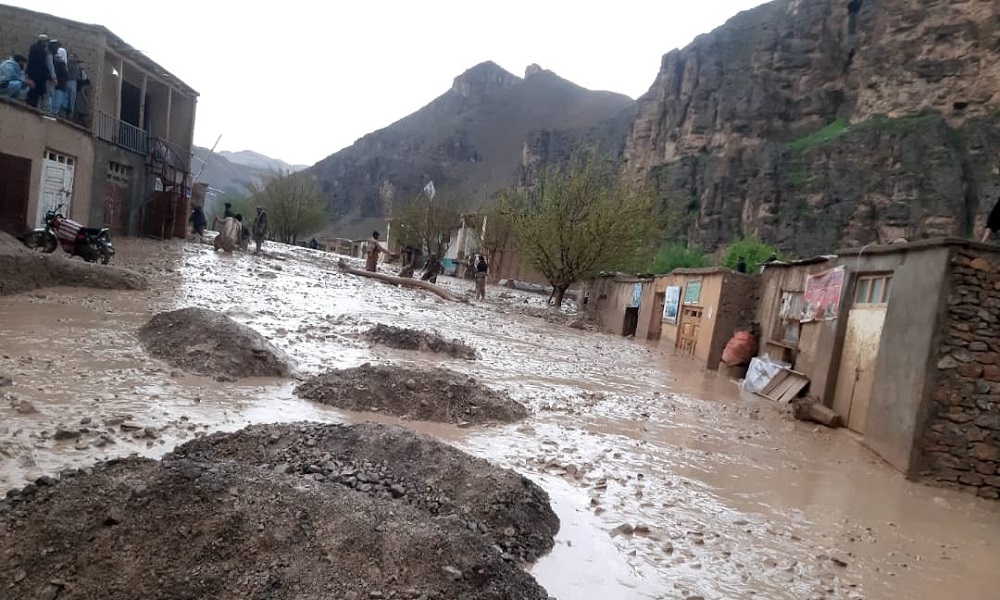
The Directorate of Migration Affairs in Ghor says one person was killed, two were injured and more than 500 families displaced due to Saturday’s floods in two districts of the province.
The directorate added that floods occurred in Murghab and Chaharsada districts of Ghor, which affected more than ten villages in Marghab district and six villages in Chaharsada district.
According to the directorate, 55 shops, and 10 residential houses have been destroyed and the roads between the two districts are also blocked.
The directorate quoted Mir Ahmad Mosamem, the head of migrant affairs in Ghor, as saying that families from their original places are living in the open air in the mountains and are in urgent need of basic assistance.
According to him, the possibility of more losses is expected.
Latest News
Ban on opium cultivation in Afghanistan cost farmers $1.3 billion
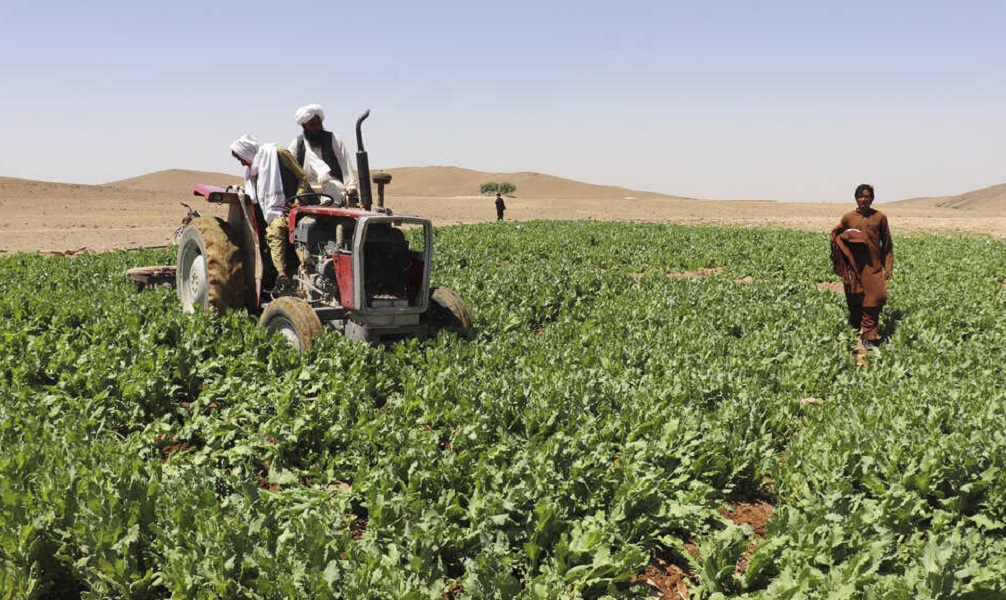
The ban on opium cultivation precipitated a staggering $1.3 billion loss in farmers’ incomes, equivalent to approximately 8 percent of the country’s GDP, the World Bank said in a new report.
The bank said that over the past two fiscal years, the real GDP of Afghanistan contracted by 26 percent, and the country’s economic outlook remains uncertain, with the threat of stagnation looming large until at least 2025.
According to the report, structural deficiencies in the private sector and waning international support for essential services are anticipated to impede any semblance of economic progress.
Half of Afghanistan’s population lives in poverty and 15 million people face food insecurity, it noted.
“Afghanistan’s long-term growth prospects depend on a significant shift from its previous reliance on consumption-driven growth and international aid to a more resilient, private sector-led economy that capitalizes on the country’s strengths,” said Melinda Good, World Bank Country Director for Afghanistan.
“For a sustainable future, Afghanistan needs to address harmful gender policies, invest in health and education, and focus on the comparative advantages it has in the agricultural and extractive sectors.”
The World Bank pointed out that the increase in Afghanistan’s trade deficit is another challenge for the country’s economy. According to the bank’s report, in 2023, Afghanistan’s imports increased by 23% and reached $7.8 billion.
-

 Sport5 days ago
Sport5 days agoAfghanistan announce T20 World Cup 2024 squad
-

 Sport4 days ago
Sport4 days agoNew Zealand to go ahead with Afghanistan cricket Test
-

 Latest News4 days ago
Latest News4 days agoWorld Bank donates $84 million to Afghanistan
-
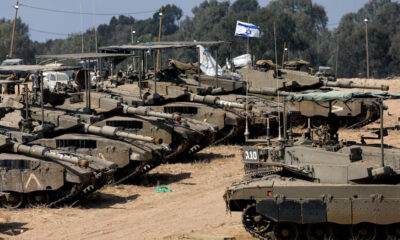
 Regional5 days ago
Regional5 days agoIsrael will enter Rafah with or without Gaza hostage deal, Netanyahu says
-
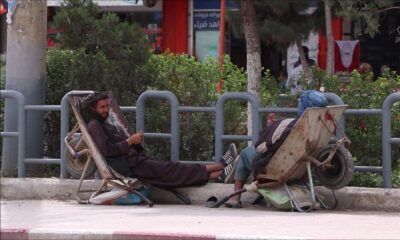
 Latest News4 days ago
Latest News4 days agoWork permits issued to over 2,000, including women: Labor Ministry
-

 Sport4 days ago
Sport4 days agoAll-round Stoinis helps Lucknow beat Mumbai in IPL
-
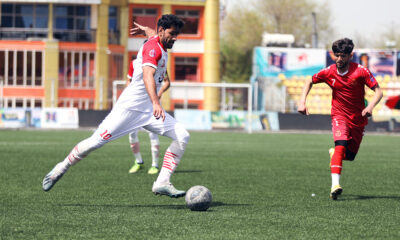
 Sport3 days ago
Sport3 days agoSorkh Poshan Khafi and Khadim FC winners in their ACL matches
-
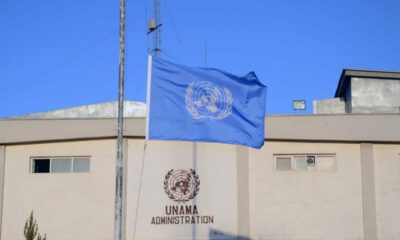
 Latest News3 days ago
Latest News3 days agoUNAMA issues latest rights report, notes ongoing challenges for women, girls and media














